
TIME REQUIRED: 2-4 Hours
DIFFICULTY: Intermediate
INTRO:
Removing old paint from wood will breathe some life back into your wood’s grain. There are several options available, some easier than others but all safe and just requiring simple precautions. Chemical paint strippers are solvents available as either liquids, gels or pastes that soften the old finish. This makes for easy removal. Many brands will have minimal odours, and simply clean up with water. Heat guns are another fantastic option when determining how to remove multiple layers of old paint. The heat gun softens the paint causing it to bubble up. This then makes it really easy to remove with a metal scraper. If you’re removing old paint prior to applying a fresh coat or stain, it is worth noting that sandpaper or power sanders are a quick and easy way of preparing your wooden surface.
Safety Note: Please note that when scraping, sanding or removing old paint by other means, lead dust may be released into the atmosphere. Lead is toxic - exposure can cause serious illness, especially in children and pregnant women.
YOU WILL NEED:
Chemical Paint Strippers – Apply Paint Stripper
Chemical paint strippers prove quite effective with wood in complex shapes such as moldings.
- Pour a small amount of the paint stripper into a glass or metal container. Apply it as specified on the label. Most chemical strippers will need a few minutes to set before removal.
- Ensure you use a gel or paste when stripping paint from vertical surfaces (such as wooden doorframes)
- Best to start at the top of your project then work your way down. Take the time to work it into places hard to reach.
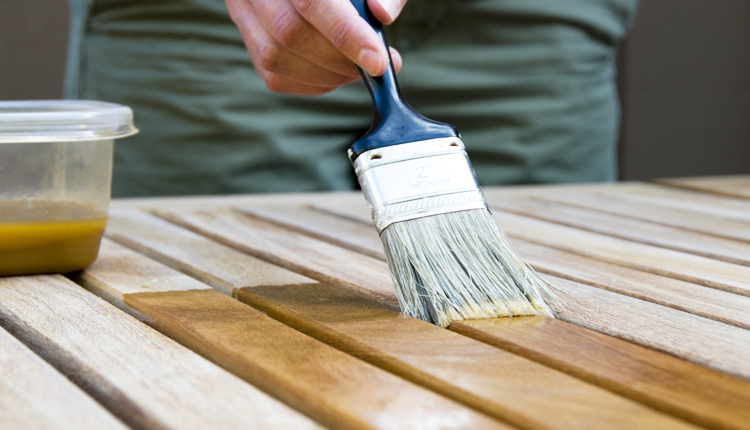
Remove Stripper
- Gently using a paint scraper or putty knife, remove as indicated on manufacturer’s instructions.
Our Top Tip: sprinkle light coating of sawdust over the stripper before it is removed. The sawdust thickens the stripper. This makes it far easier to remove.

Retreat Problem Areas
- Reapply the paint stripper to detailed or problem areas. Use speciality scrapers to remove the softened material.
- Use light pressure on the scrapers to keep from tearing or gouging the wood.
- If you can’t find a contoured scraper, use the corner of a putty knife.

Scrub to Remove Old Finish & Leftover Chemical Stripper
- Scrub entire project with nylon brushes or abrasive pads. Remove all traces of the old finish & stripper sludge.
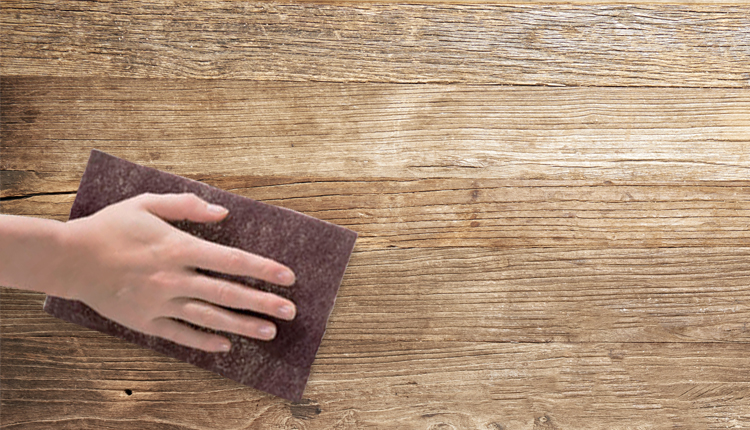
Heat Guns – Use Heat Gun on Surface
Heat guns are especially effective at taking off varnish and other finishes.
- With the heat gun running, point the nozzle at the work surface. Keep it about 2 inches away.
- Move the gun back and forth across the surface until the paint begins to bubble. STOP if the finish begins to smoke.
Safety Tip: Because heat guns generate high temperatures, keep a fire extinguisher nearby. Make sure you wear long sleeves to keep hot paint from your skin, and turn off the heat gun when not in use.
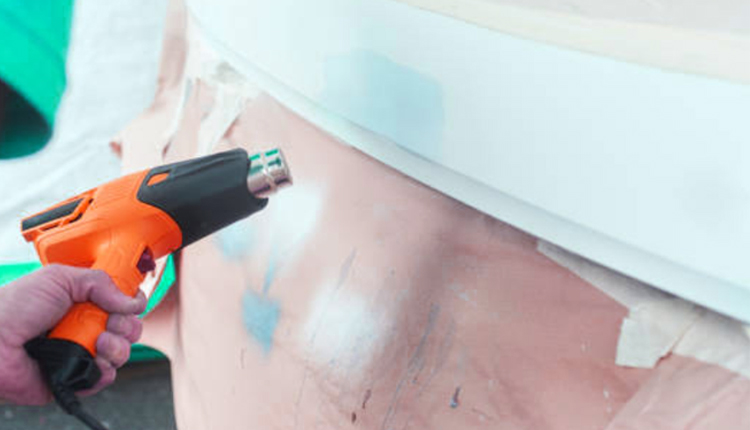
Scrape Off All the Paint
Tip: Special paint scrapers with angled blades work better than most ordinary scrapers.
- Hold the putty knife at about a 30-degree angle. Use it like a plow to push the old paint away. Avoid gouging the wood.
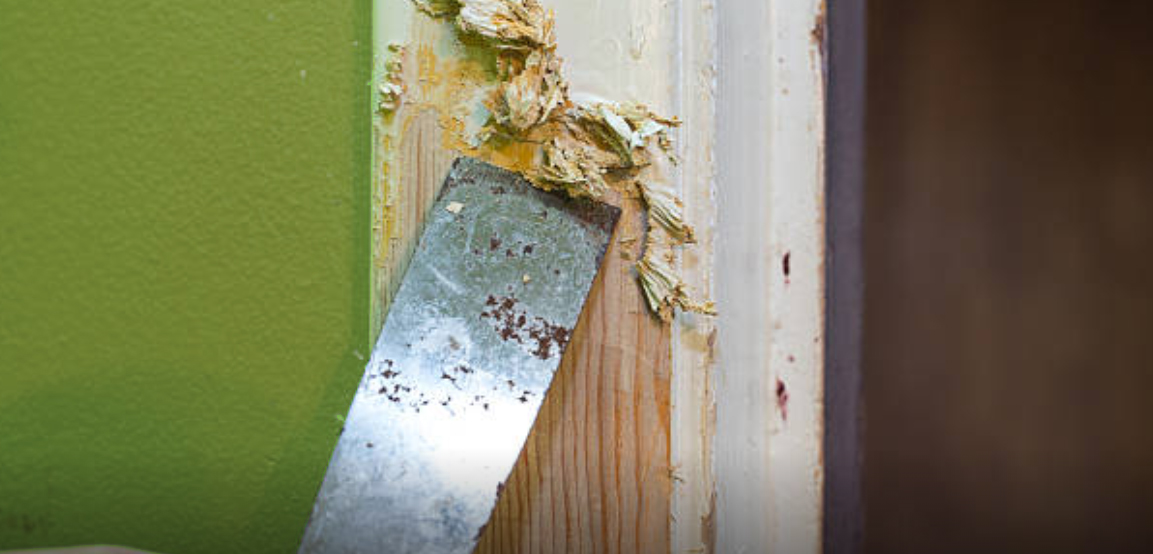
Address Problem Areas
- Go back over detailed areas with the heat gun, using a contoured scraper to remove the paint from narrow crevices

Wipe Down the Surface
- Any stubborn flecks that remain can usually be removed by using the scraper by itself
- When the paint is all gone, wash the surface with denatured alcohol (or mineral spirits)
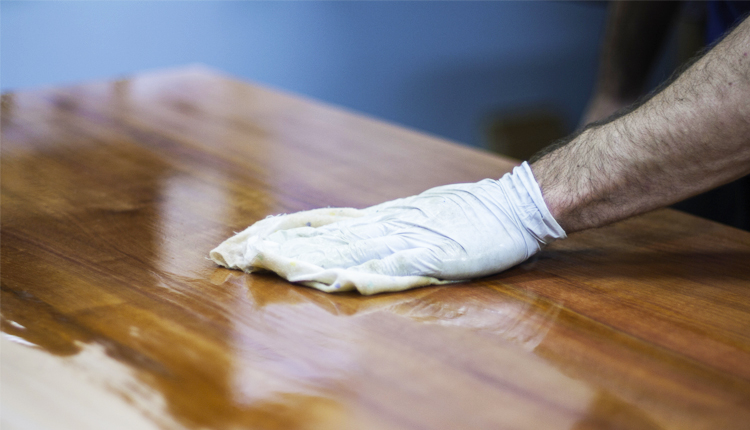
Sanding – Prepare the Surface
- Sanding off old finishes is efficient, but please ensure you do this carefully. You do not want to risk damage to the wood.
- Thoroughly clean the painted surface with degreasing cleaner, dish soap or household cleaner. Remove any knobs, hinges or other metal hardware from wood if necessary
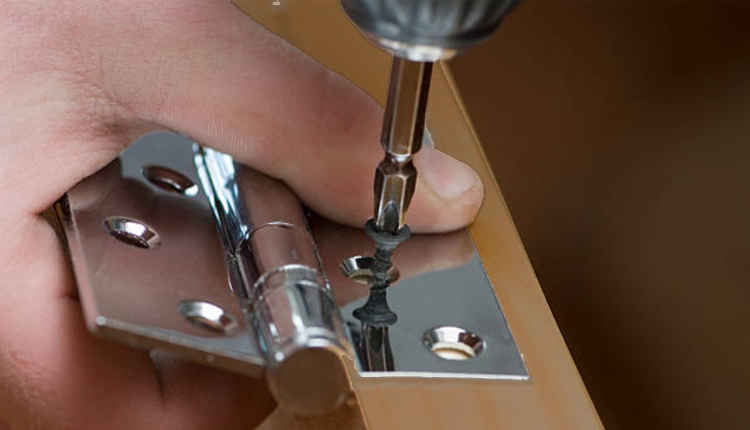
Sand the Finish
Please wear safety goggles and a face mask. Avoid using sanders indoors.
- Apply sandpaper with hand sander or sanding block. Use enough pressure to remove the paint, but be very careful not to damage the wood.
- Use 180-grit sandpaper on most coats, but switch to a coarser 80-grits when removing thick old paint.
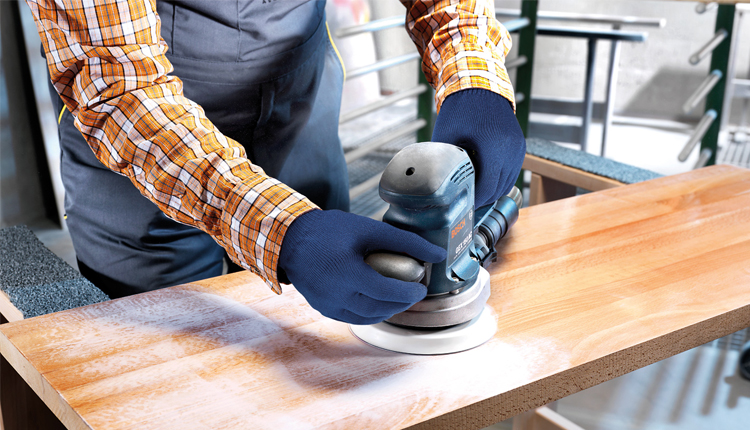
Remove the Dust
- Wipe the entire surface clean with a clot to remove the dust.
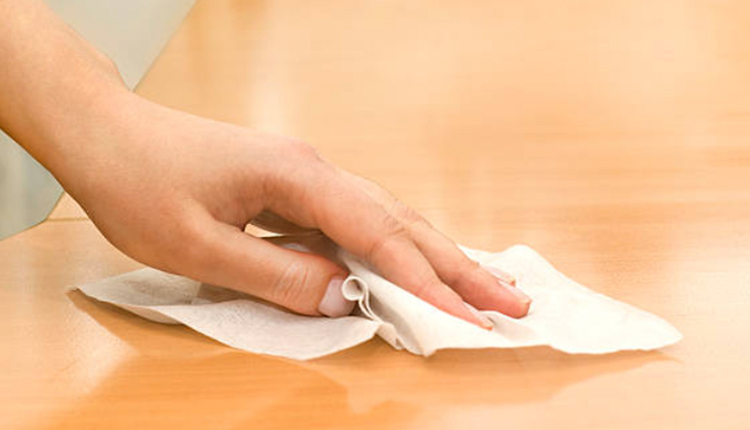
Whether you want to uncover the original grain of some antique furniture or treat the surface of a wooden fixture with a fresh coat of paint, varnish or stain, removing paint from wood can be easily done. You will just need to give it a bit of elbow grease! Chemical strippers, heat guns or sanders will help reveal your wood’s natural true colours.





